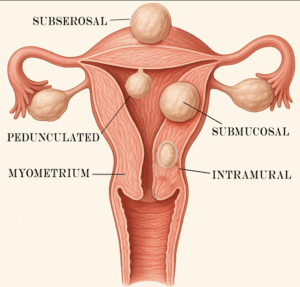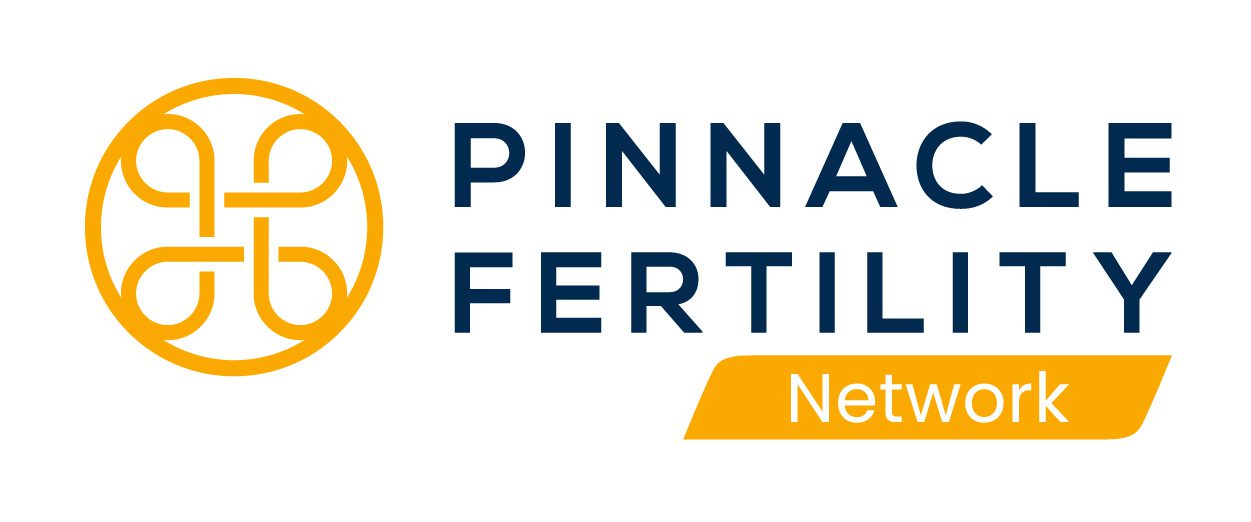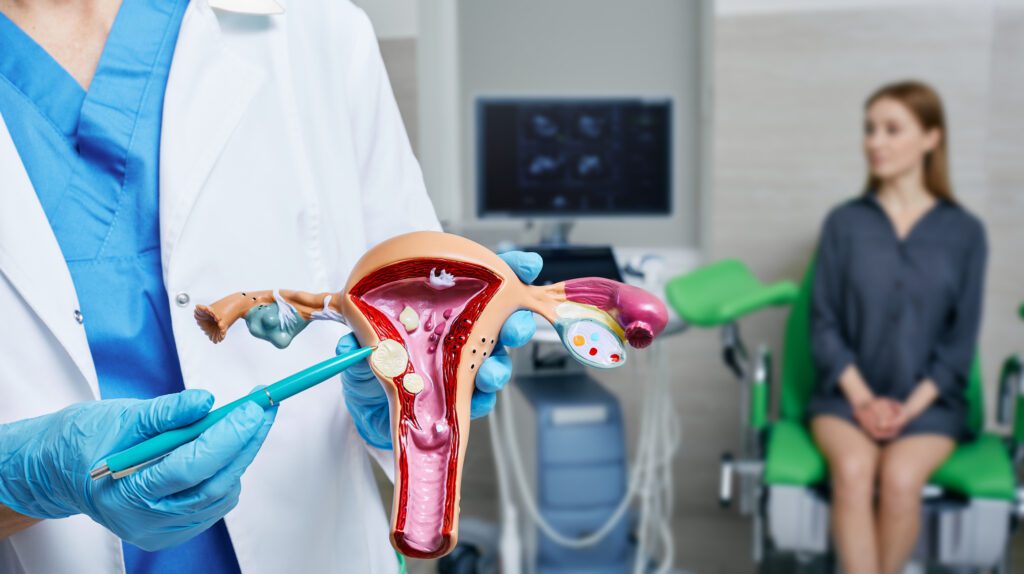By Dr. Ij Iko
Uterine fibroids are surprisingly common—by age 50, up to 70–80% of people with uteruses will develop them. While many never experience symptoms, fibroids can sometimes interfere with fertility or complicate pregnancy. During Fibroid Awareness Month, we are here to offer insights into how fibroids may affect your reproductive health and when to seek support on your fertility journey.
Understanding Uterine Fibroids
Fibroids are non-cancerous (benign) growths that develop in or around the uterus. Their size, number, and location can vary. Common types include:
- Submucosal fibroids:
- Develop just beneath the uterine lining and can change the shape of the inner cavity
- Intramural fibroids:
- The most common type, embedded within the muscular wall of the uterus.
- Subserosal fibroids:
- Form on the outer surface of the uterus.
- Pedunculated fibroids:
- These fibroids are connected to the uterus by a thin, stalk-like structure. They can be either submucosal or subserosal in location.

Many people with fibroids are completely symptom-free. However, others with fibroids may experience heavy periods, low blood count (anemia), pelvic pain, bloating, urinary symptoms, constipation, or pain during sex. For those on a fertility journey, fibroids may also influence the ability to get pregnant or carry a pregnancy to term.
How Fibroids May Affect Your Fertility
While many individuals with fibroids conceive without difficulty, certain fibroids can:
- Block the fallopian tubes, preventing sperm and egg from meeting.
- Change the shape of the uterine cavity, which can interfere with embryo implantation.
- Reduce blood flow to the endometrium (uterine lining), making it harder for an embryo to develop.
- Increase the risk of miscarriage or early delivery.
The good news is that fertility treatments and personalized care can often overcome these challenges. Understanding how fibroids affect your unique situation is the first step.
Managing Fibroids During Fertility Care
If you are undergoing fertility treatment, your provider will assess your fibroids early in the process. Depending on your situation, treatment options may include:
- Watchful waiting: If fibroids are not causing symptoms or fertility issues, no intervention may be needed.
- Medication: Some medications can shrink fibroids or reduce symptoms, though these medications cannot be used when trying to get pregnant
- Myomectomy: A surgical option to remove fibroids, especially if they are affecting fertility or causing significant symptoms.
- Minimally invasive procedures: Techniques like uterine artery embolization, radiofrequency ablation, and focused ultrasound surgery are procedures to manage fibroids without removing the fibroid tissue directly. We do not know yet if these procedures can negatively affect your fertility or complicate pregnancy.
Our goal is always to make a care plan that supports both your overall health and your long-term family-building goals.
When to Talk to a Specialist
If you have been trying to get pregnant for 6–12 months without success or have been diagnosed with fibroids and are trying to get pregnant, it may be time to talk with a fertility expert. Early evaluation can help you understand your options and take control of your reproductive health.
Compassionate, Personalized Fibroid Care at Pinnacle Fertility
At Pinnacle Fertility, we understand that a fibroid diagnosis can feel overwhelming, especially if you’re eager to start or grow your family. Our dedicated team offers personalized, compassionate care to help you understand your options and feel empowered on your fertility journey.
Ready to Take the Next Step?
Whether you’re just starting to explore how fibroids may affect your fertility or are ready for a deeper evaluation, we’re here to help.
Schedule a consultation today to learn how we can support your path to parenthood.
References
Management of Symptomatic Uterine Leiomyomas: ACOG Practice Bulletin, Number 228. Obstetrics & Gynecology 137(6):p e100-e115, June 2021. | DOI: 10.1097/AOG.0000000000004401
Removal of myomas in asymptomatic patients to improve fertility and/or reduce miscarriage rate: a guideline. Fertility and Sterility. 2017;108(3):416-425. doi:https://doi.org/10.1016/j.fertnstert.2017.06.034





